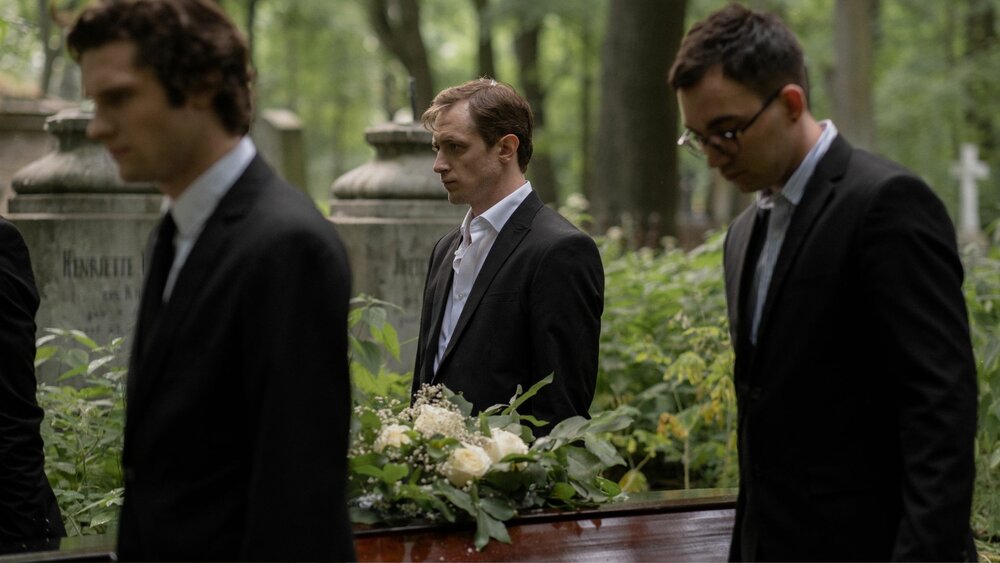Is It Important to Have a Public Viewing?
When faced with the loss of a loved one, the decisions around funeral arrangements can be overwhelming. Among these decisions is whether to hold a public viewing. This practice, where the body of the deceased is made available for friends and family to see one last time, has long been a part of many cultures. However, its importance and relevance are often subjects of debate. So, is it important to have a public viewing? Let's explore the various aspects of this tradition to understand its significance.
Emotional Closure and Grief Processing
One of the primary reasons many opt for a public viewing is the emotional closure it can provide. Seeing the deceased can help family and friends come to terms with the reality of the loss, offering a tangible moment that signifies the end of life. This confrontation with reality, while painful, is a critical step in the grieving process for many people. It helps to solidify the understanding that the person is truly gone, which can be a catalyst for starting the healing process.
Opportunity for Goodbye
A public viewing offers a structured opportunity for friends and family to say their final goodbyes. In many cases, loved ones may not have had the chance to bid farewell before the person passed away. A public viewing can provide a sense of completion, allowing individuals to express their love, gratitude, and perhaps even unresolved feelings towards the deceased.
Cultural and Religious Significance
Different cultures and religions have varied practices surrounding death, and for many, a public viewing is an essential component. For instance, in many Christian traditions, a wake or visitation is a standard practice. Similarly, in African American communities, a homegoing service often includes a viewing as a way to celebrate the deceased’s life and legacy. These practices are deeply ingrained and provide a sense of continuity and respect for traditions that honor the deceased appropriately.
Community Support
Funerals and public viewings also serve as a gathering point for community support. They bring people together, allowing the bereaved to lean on each other for comfort. This shared mourning can be incredibly healing, as it reinforces that the survivors are not alone in their grief. The communal aspect of a public viewing underscores the idea that the loss affects not just the immediate family but the wider community as well.
Personal Preferences and Psychological Considerations
Despite the potential benefits, it's important to acknowledge that a public viewing is not suitable for everyone. Some individuals may find the idea distressing rather than comforting. The sight of a deceased loved one can be a traumatic experience for some, particularly if the death was sudden or violent. Personal and psychological readiness should be a primary consideration, and no one should feel pressured to attend a viewing if it feels overwhelming.
Alternatives to Public Viewing
For those who are uncomfortable with the idea of a public viewing, there are alternatives that can offer similar benefits. Memorial services, where photographs and memories of the deceased are shared, can be a powerful way to honor and remember without the presence of the body. Virtual memorials have also become more common, allowing people to share their grief and support from afar, especially in the wake of the COVID-19 pandemic.
Conclusion
Ultimately, whether to have a public viewing is a deeply personal decision that depends on individual, familial, and cultural factors. While it can provide emotional closure, an opportunity for final goodbyes, and community support, it's not a necessity for everyone. Respecting the wishes and comfort levels of the immediate family and closest friends should always take precedence. The most important aspect is to find a way to honor and remember the deceased that feels right for those who are grieving.
In the end, the importance of a public viewing lies not in the act itself, but in its ability to support those left behind in their journey through grief. Whether through a public viewing or another form of remembrance, what matters most is creating a space where love, memories, and healing can coexist.
For additional information - please call Willowbrook Cemetery. Our team can help you select a peaceful final resting place for your cherished one at our cemetery. You can contact us via the form or number on this page.





Comments